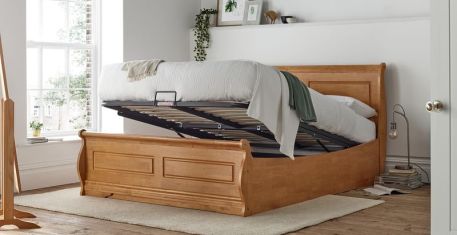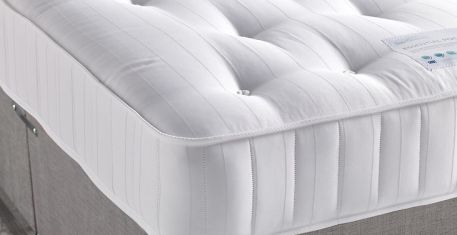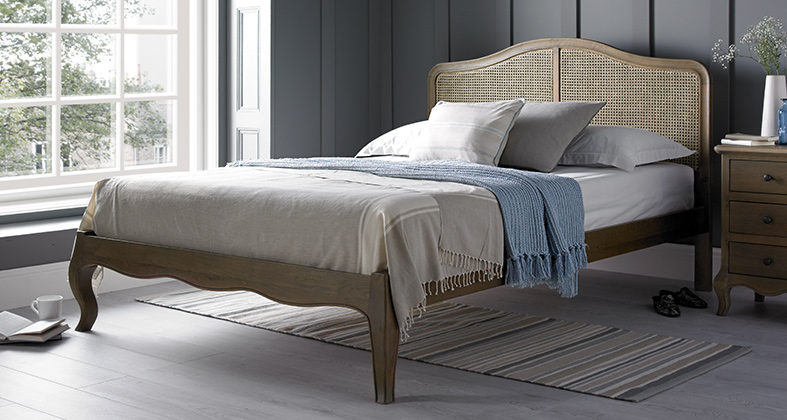
We spend up to a third of our lives lying on our mattresses, but have you ever wondered how technologies like pocket springs and mattress fillings actually work? Finding out more could help you to make up your mind about which type is right for you.
Open Coil Vs Pocket Sprung Mattresses: Which is Best?
Broadly, there are two types of sprung mattresses: open-coil and pocket-sprung.
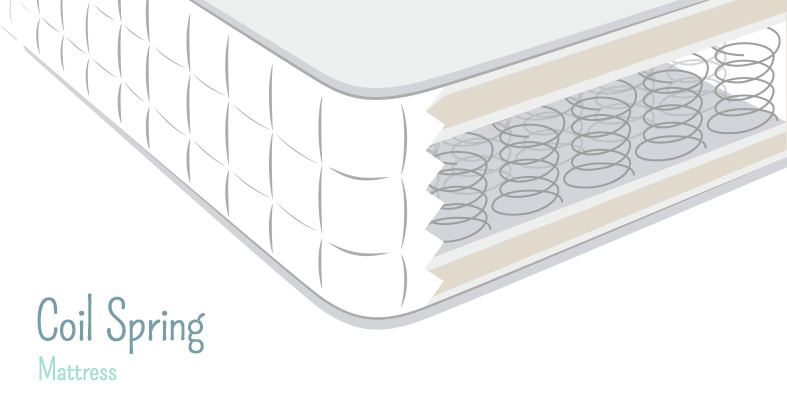
What is an open coil mattress?
Open coil is the traditional type, and tend to be less expensive as they can be manufactured on a large scale quickly and easily. They consist of a system of interlinked springs that offer a degree of contouring support, but the mattress filling above them fills in the gaps.
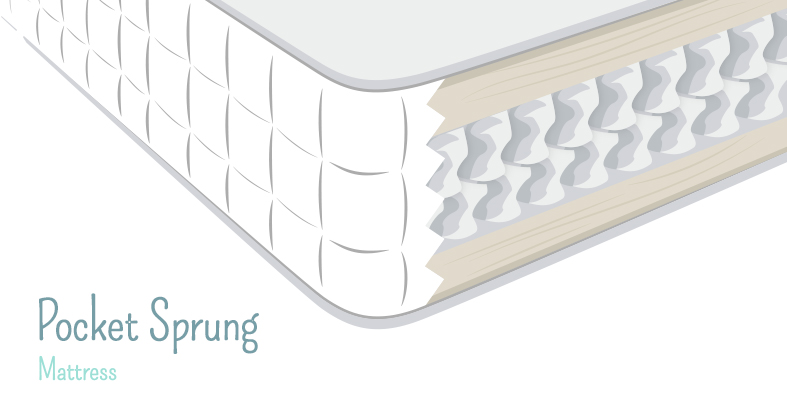
What is a pocket sprung mattress?
Meanwhile, a pocket-sprung mattress consists of hundreds of individual springs, each one contained within its own little pocket. This means that, unlike open coil, pocket springs move independently of one another, helping the mattress to follow and support the contours of your body. If you and your partner are of different sizes and weights, this can help ensure you both enjoy equal support on the same mattress.
Unless you're on a tight budget, it's best to go for pocket springs over open coil if you can. Alternatives include the Miracoil® and Posturepedic® spring systems, which offer some of the advantages of a pocket spring system, although, in most instances, it is possible to buy a more competitively priced pocketed spring system.
How many pocket springs should I choose?
The more, the merrier seems to be the message for pocket-sprung mattresses, and up to a point it's true: a mattress with more springs is more responsive and comfortable. However, mattresses naturally climb in price as the spring count goes up, so a balance needs to be struck between comfort and budget – and past a certain amount, you might not feel much difference.
Based on a king size bed, pocket springs usually go anywhere from 800 to 3,000, although we've seen mattresses with as many as 6,000! Once you go over 1,500 springs, the higher counts tend to be created by making smaller springs and layering them – so a 3,000 spring count mattress will contain two layers of 1,500 springs.
It's not all about the count: different gauges (thicknesses) of wire, and different heights of spring, will also have an impact on how the mattress feels and how expensive it is. Remember, the spring is only one part of what makes a mattress comfy – the filling is also important.
What type of filling should I opt for?
Usually, a mattress is made up of layers of different filling, which can make a big difference to its overall feel, performance and price. There's normally an insulator – typically a mixed-fibre pad on an open-coil mattress, or a thinner layer of fabric on a pocket-sprung unit.
Polyester is commonly used as a filling, as it's low-cost, resilient and comfortable. It comes in different levels of density and quality and can be combined with wool and cotton for added comfort and functionality. Greater proportions of wool and cotton, usually seen in premium mattresses, help to keep it cool in summer and warm in winter.
Another increasingly popular filling is memory foam, which is heat-sensitive and highly responsive, meaning it moulds to your body, helping to reduce pressure points and improve circulation. Along with latex, memory foam fillings are often recommended for people with back or joint pain.
How firm should my mattress be?
This is different for everybody, and the only way to know for sure is to test it for yourself! Unless you have been given specific advice from your doctor or osteopath, it's best to simply try a range of different mattresses until you find a firmness that works for you.
Bear in mind that while many retailers adopt a firmness rating scale of one to five, there's no universally agreed way to score different mattress. The same goes for mattresses with "osteo-" or "ortho-" in their names – again, there's no agreed standard for the use of these terms, so while they can be useful as a rough guide, you can't really know how well a mattress suits you until you've lain on it for yourself.
At Time4Sleep we want you to have the best night's sleep possible! Take a look at our mattress range today to find the perfect mattress for you.


